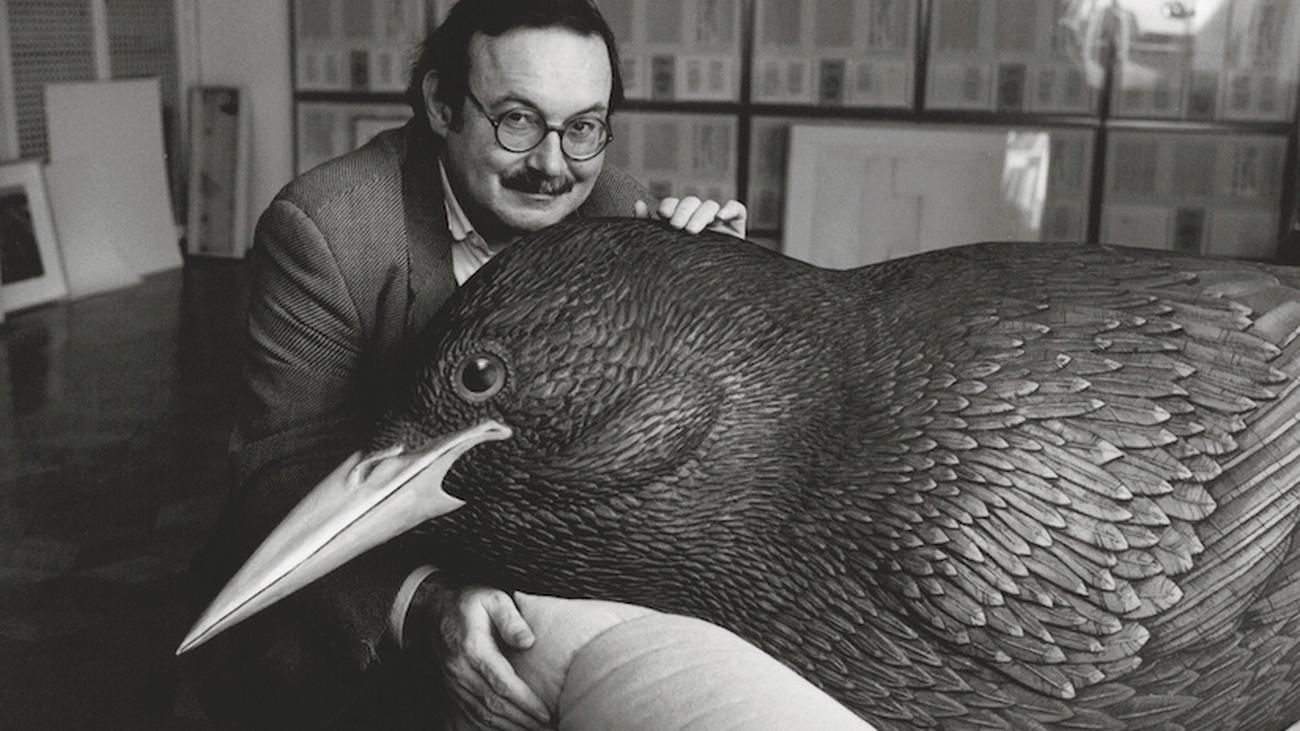
Lothar Schirmer’s Pioneering Journey to the Epicenter of Art: A Decadent Pilgrimage to Cy Twombly
In the picturesque month of October 1964, a 19-year-old student named Lothar Schirmer embarked on a transformative journey from Bremen, Germany, southward to the artistic heart of Europe: Rome. Armed with a summer’s worth of earnings from construction work—a modest sum of 800 Deutschmarks—Schirmer’s mission was not merely to explore the Eternal City but to acquire a most peculiar treasure.
As Schirmer boarded the train, a chance encounter with his mathematics teacher elicited a remarkable exclamation: "Schirmer, I knew you were decadent, but I had no idea you were this decadent!" Indeed, Schirmer’s artistic aspirations soared beyond the realms of conventional appreciation, extending to the pursuit of a specific artist: Cy Twombly, an American painter residing in Rome.
Twombly, a rising star in the art world, had recently married into Roman aristocracy, piquing Schirmer’s curiosity and determination to meet him. Undeterred by his teacher’s incredulous reaction, Schirmer set his sights on acquiring a Twombly drawing—a testament to his unwavering passion for art.
Upon his arrival in Rome, Schirmer diligently visited Twombly’s gallery day after day, eagerly inquiring about the artist’s whereabouts. Disheartened to learn that Twombly was away on business, Schirmer resorted to purchasing a Twombly drawing as a tangible proof of his artistic fervor.
To Schirmer’s astonishment, his persistence paid off. He received an invitation to tea at Twombly’s grand Roman palazzo. The meeting proved to be a pivotal moment in Schirmer’s life, marking the initiation of a lifelong fascination with Twombly’s art. As a gesture of appreciation, Twombly gifted him with a second drawing, a precious token that would later hold immense significance.
Schirmer’s encounter with Twombly left an indelible mark on his soul, igniting a deep-seated passion that would guide his future endeavors. Returning to Germany, he founded Schirmer/Mosel, a publishing house that would publish an impressive 35 books dedicated to Twombly’s work.
Schirmer’s early encounter with the avant-garde artist was not merely a fleeting moment of indulgence but rather the beginning of a lifelong obsession with the transformative power of art. It was a testament to his unwavering belief in the importance of beauty, transcending societal norms and forever etching itself into the annals of art history.
